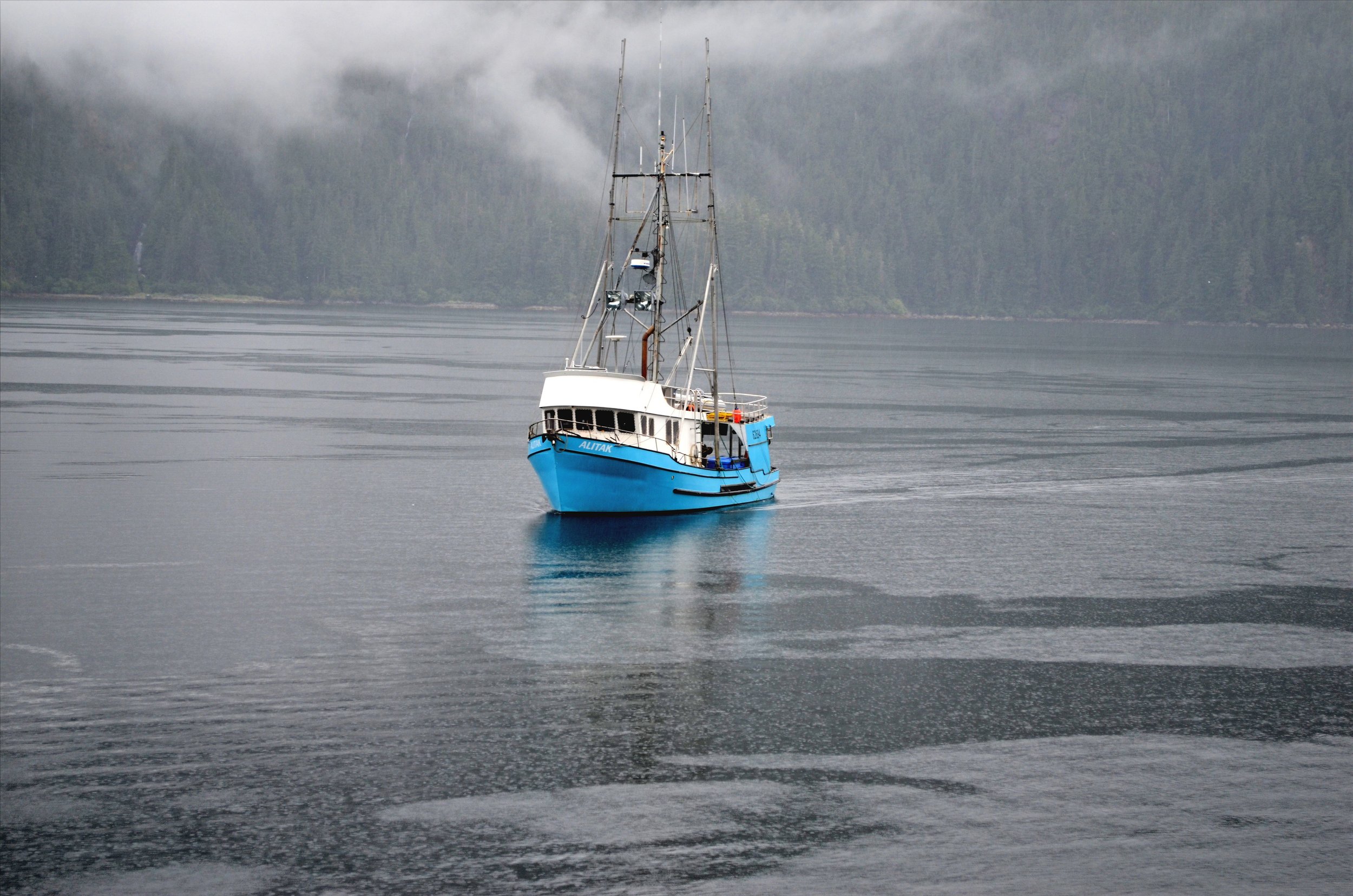Seafood Traceability and Transparency
In a world rife with sourcing fraud, it’s important to know where your seafood comes from. That’s why we buy seafood exclusively from suppliers we know and trust. We’ve been to the processing plants. We know the people who cut and pack our fish, and we know many (but not all) of the fishermen personally. Many of them are lifelong friends.
Wild, line-caught Alaskan Black Cod being hand processed in Pelican, Alaska: July, 2024.
Just today we saw an article published by National Fisherman documenting the massive epidemic of fraud in seafood sourcing. In this particular case, they note the troubling and pervasive issue of imported farm-raised shrimp being passed off to restaurants as having been caught wild off the coast of Gulf Shores, Alabama. According to the article “43 percent of sampled restaurants are still serving imported, farm-raised shrimp while marketing it as Gulf wild-caught.”
Not long ago a big seafood distributor out of Mississippi was slapped with a million dollar fine by the federal government for intentionally mislabeling foreign sourced fish as domestically harvested.
Seafood mislabeling happens on a massive scale, is difficult to crack down on, and is not limited to shrimp. It’s very common for farm-raised salmon to be labeled as wild-caught because a wild fish is considered more desirable and can be sold at a higher price. This rampant and willful deceit perpetrates fraud on unsuspecting consumers, cheats them out of their hard earned money, and creates mistrust that ripples through the entire seafood industry.
Transparency in seafood is by no means impossible. With the right systems in place, transparency and traceability can be implemented consistently.
To give our customers confidence that they are getting the highest quality wild-caught Alaskan seafood they can possibly get short of catching it themselves, we work hard to wrap context around our seafood and we guarantee traceability on all of our products. In most cases that traceability is pinpointed down to the very boat that harvested the fish, prawns, scallops, or crab.
Fishing Vessel Alitak harvests a great deal of our fish, including most of our current supply of Halibut and Black Cod. If you’ve been buying fish from us for long you’ve almost certainly seen this boat name on our product labels!
The only time our labels do not name the boat that caught the fish is when multiple boats deliver their catch at the same time and the fish get intermingled. Even then, we know where the fish were caught, processed, and packed.
When you stop by our booth at the farmers market, you’ll see a nautical chart on the table. That’s so we can show you where your fish came from! If you’re into it, we’re happy to show you photos of some of the boats that catch our fish. More often than not, we’ll show you a photo we took of the actual boat that caught your fish and is named on the package label!
Wild-caught Alaskan Coho Salmon and Black Cod photographed on a nautical chart from the region where they were harvested.
It takes tremendous intentional effort to provide transparency, traceability, and context to wild-caught seafood. No matter how difficult it may be, this is what seafood producers, distributors. wholesalers, and retailers must do to build and maintain trust with consumers.
The larger the source, the more difficult it is to achieve traceability with integrity because the systems become vastly more complicated at scale. By sourcing from very small suppliers with whom we have a personal connection, we have the ability to offer our customers fully traceable seafood all day every day. That’s a guarantee we’ll never back away from!
If you’re in the market for premium, wild, fully traceable Alaskan seafood, stop by our booth at any of our local farmers markets or order online for shipping anywhere in the continental United States!



